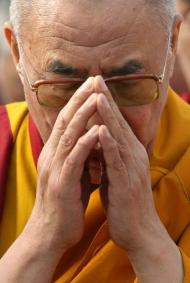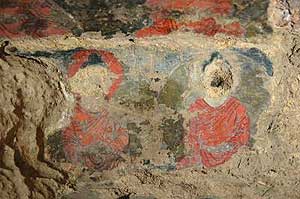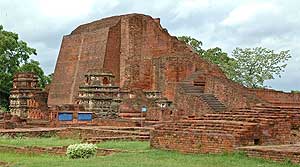Celebration BE2552 Buddha Day & Wesak
Buddha Day: 19th May 2008
Wesak Month: 4th May 2008 to 1 Jun 2008
Location: Lot 465 KM 2, Persiaran Tengku Ampuan Rahimah, 41200 Klang, Selangor.
Tel/Fax: 03 - 3372 1902
e-mail: kcba1961@hotmail.com
Vaisakha Month & Buddha Day Celebration
Dear Members and Well-wishers,
Buddha Day 2552 is just around the corner, Buddhists throughout the world rejoice to receive this auspicious occasion and once again we bring you good news and greetings on this Sacred Buddha Day.
Buddha Day signifies the day of the birth of Lord Buddha, His attainment of Supreme Enlightenment and His Pari-Nibanna. Thus, it is observed as "The Thrice Sacred Day".
A series of activities have been scheduled during the Vaisakha Month. We will take this opportunity to invite all the members, devotees and well-wishers to attend the Buddha Day Celebration ceremony to be held at 10 am, Monday 19th May 2008 at our premises. Vegetarian lunch will be served.
Your presence will be greatly appreciated
With the Blessing of the Triple Gems and Happy Wesak.
The Klang and Coast Buddhist Association
Chairman Bro. Chang Boon Tian & Committee Members
20 April 2008
19th May 2008
8.00am:
Hoisting of Buddhist Flag
9.00am:
Wesak Puja
10.00am:
Celebration Ceremony
1. Tolling of Qing
2. Offering (Puja to the Buddha)
3. The Holy Triple Gems Song
4. Wesak Address: Organising Chairman Bro. Koh Kok Leong; Celebration Chairman Bro Chang Boon Tian; Speech by invited Guests; Completion of Ceremony; Transference of Merits
10.30 am onwards:
Vegetarian Lunch
8.00pm: Wesak Night Chanting
4th May 2008
9.30am
Opening ceremonry of the Vaisakha Month Celebration. Officiate by Celebration Chairman Bro. Chang Boon Tian
Dhamma Talk by Vice President Bro Lee Chee Keong - "Creating a Harmonious Society With Compassion and Equality"
4th - 5th May
9.30 am
Charity visits and distribution of gifts to Children Ward Patients TAR Hospital, Klang, Retarded School Children and Orpanage Klang.
10th - 11th May
Mandarin Meditation Class. Instruct by Ven. Kong Yuan
11th May
9.30 am
Parents Day celebration
Mandarin Dhamma Talk by Ven Kong Yuan
11.30am
Mahasanghika Dana
18th May
10.30 am
English Dhamma Talk by Chief high Priest of Malaysia Ven. K. Sri Dhammaratana
11.30am
Mahasanghika Dana
8.30 pm
Buddha Day Eve Blessing Service
19th May
8.00am
Buddha Day Celebration
25th May 10.30am
English Dhamma Talk by Uncle Vijaya Samarawickrama - "Orientation and Overview of Buddhism"
1st Jun
9.00am
Blood Donation and Pledge of Organ Donation
Closing Ceremony of the Vaisakha Month Celebration. Officiate by Vice President Bro. Lee Chee Keong







